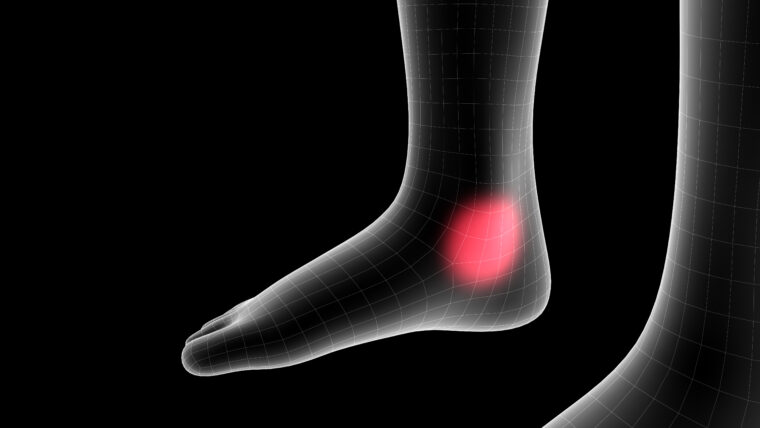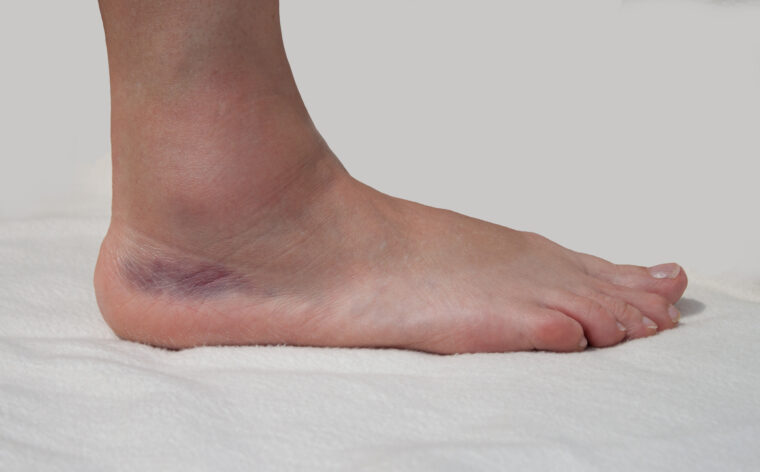I’ve been an avid skier my whole life. I may not be a double black diamond skier or even all the time a solid black diamond one, but I’d comfortably call myself an advanced intermediate skier. To me, nothing is more peaceful than being on top of a mountain, with the snow falling down, and only hearing the sound of the carving of the skis.
Being a sports chiropractor, my life revolves around treating injuries, rehabilitating such injuries, and helping to prevent future injuries. Skiing is a sport, that although insanely fun, comes with its set of injury risks. I’ve treated numerous skiing (and fairly stated, snowboarding) injuries in my day. This begs the question: how do we mitigate the risks of skiing while still having loads of fun?
Several years ago, a patient and I were talking about skiing. He mentioned that he no longer used skis and he switched to something called ‘ RVL8 Skiboards.’ He talked about how much fun they were and how much safer he felt using them vs. skis. This conversation piqued my curiosity. After all, I loved skiing and I also wanted to minimize risk as much as possible.







